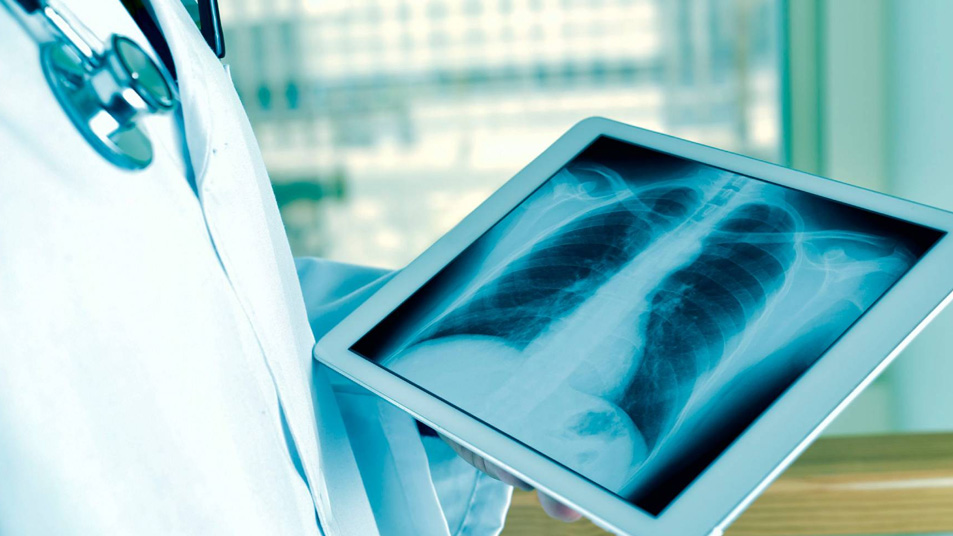
Digital X-Ray is a form of radiography that uses x-ray sensitive plates to directly capture data during the patient examination, immediately transferring it to a computer system without the use of an intermediate cassette.
X-Ray allows us to through a person’s skin and capture pictures inside the body. This fast, painless exam provides us with basic understanding of your conditions and the right answers to your pain, symptoms and query.
Advantages of Digital X-ray :
Digital X-ray images can be viewed almost instantly on a computer screen, which allows for quicker
diagnosis and treatment planning.
Digital sensors provide clearer and more detailed images than traditional film, allowing for better evaluation of patient conditions.
Digital X-rays often require less radiation than traditional X-rays, reducing the patient's exposure to radiation.
Digital images can be easily stored, retrieved, and shared electronically, which facilitates better collaboration among healthcare providers.
Digital images can be manipulated (e.g., enhanced contrast, magnified) to help in the diagnosis and analysis of various conditions.
Types of Digital X-ray Systems :
Direct Digital X-ray : Uses digital sensors that capture the image directly, allowing for immediate processing.
Computed Radiography (CR) : Involves using special imaging plates that can be scanned to convert the captured image into a digital format.
Flat Panel Detectors : These are used in many modern digital X-ray systems and offer high image quality and rapid readout.
Digital X-ray Systems are used by some departments like…
Dentistry : Used for dental examinations, including checking for cavities and assessing jaw health.
Orthopedics : Helps in diagnosing bone fractures and conditions.
Chest Imaging : Useful in identifying lung conditions, such as pneumonia or tumors.
Mammography : Digital mammography provides high-resolution images for breast cancer screening.
Uses of Digital Radiography :
Digital x-rays can be used for..
For fracture identification and evaluation
For viewing evidence for diseases like pneumonia, tuberculosis, or lung cancer.
It can detect infections of bones or teeth and helps the dentist for treatment planning.
For detecting bone tumour.
Measures bone density to diagnose osteoporosis.
Aids dentists in detecting cavities and other disorders.
To detect digestive issues such kidney stones, a contrast medium with barium may be employed.
It can show signs of heart failure and changes in blood flow to the lungs and heart.
It can show certain swallowed items such as a coin or tiny toy.
Types of X Rays :
Standard computed tomography
Abdominal x-ray
Dental x-rays
Chest x-ray
Lungs x-ray
Digital x-ray
Fluoroscopy
Mammography
Angiography
How to Prepare for an X-Ray?
You should bring your doctor's prescription along with you while coming for an x-ray.
If have had any x-ray for the same area before, it's better to bring that along.
If you are pregnant, please inform your doctor.
If you have any allergy, and you are going contrast based study, you should definitely tell your doctor.
You are not allowed to wear any jewellery during the scan, it's better that you leave all the valuables at home.
If you have any kidney problems or diabetes, you should inform your doctor beforehand.
